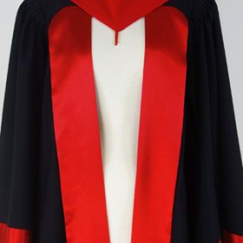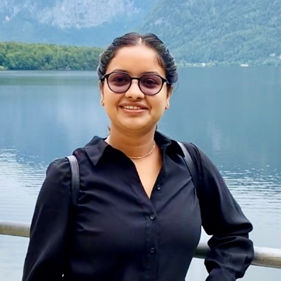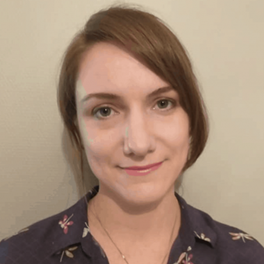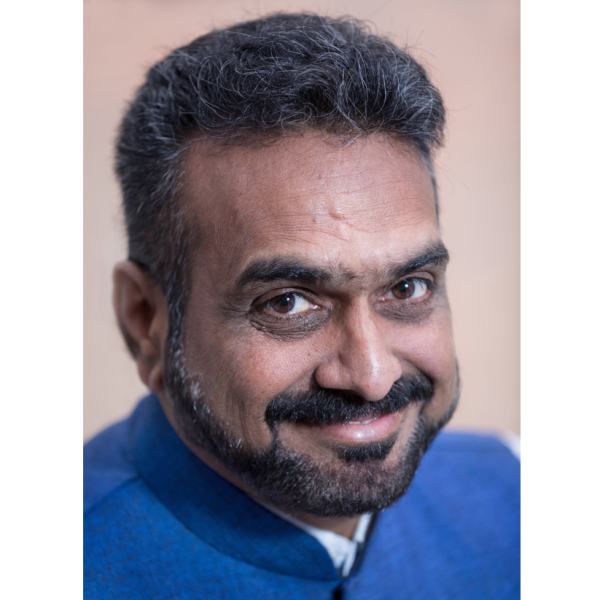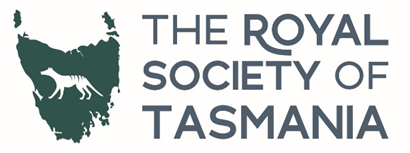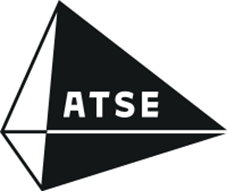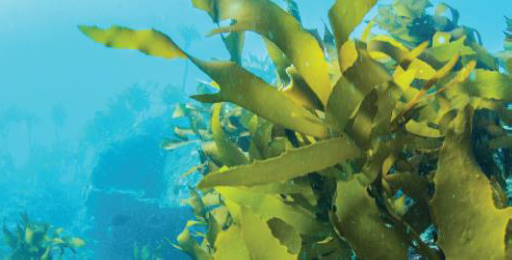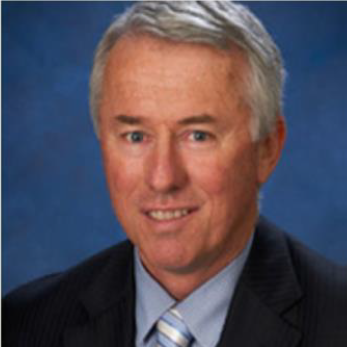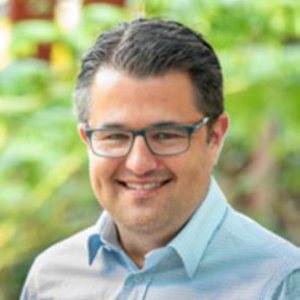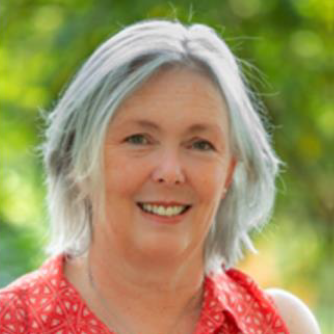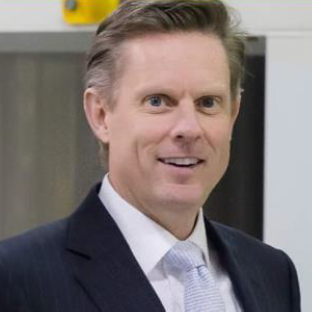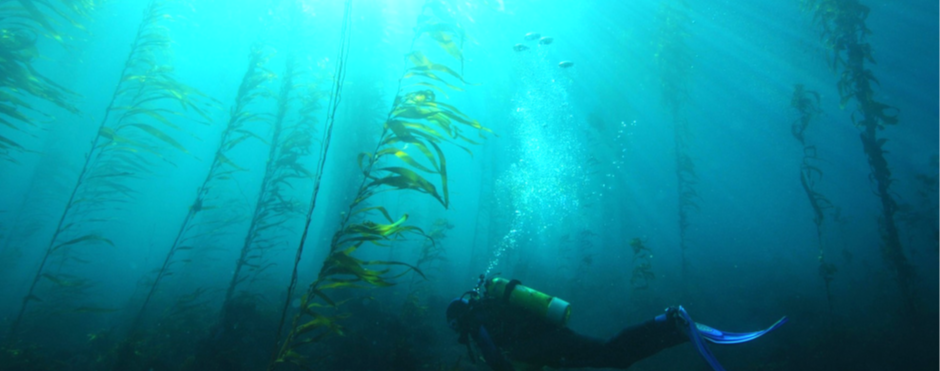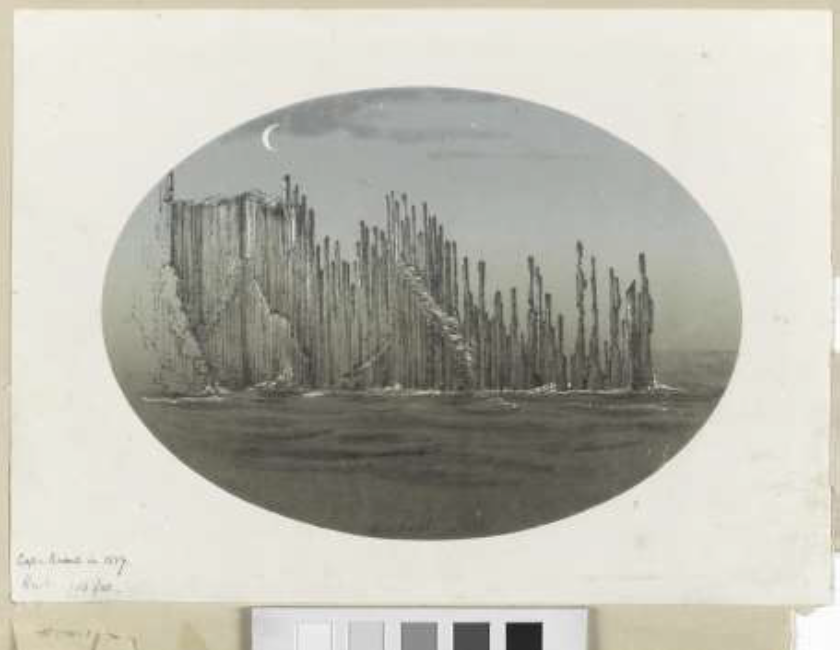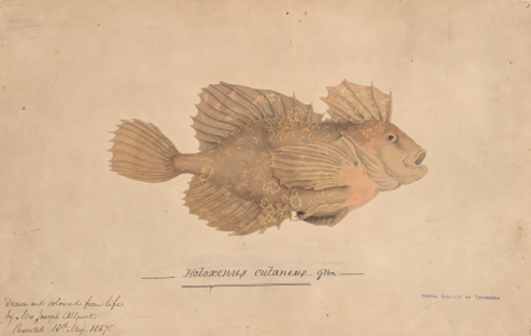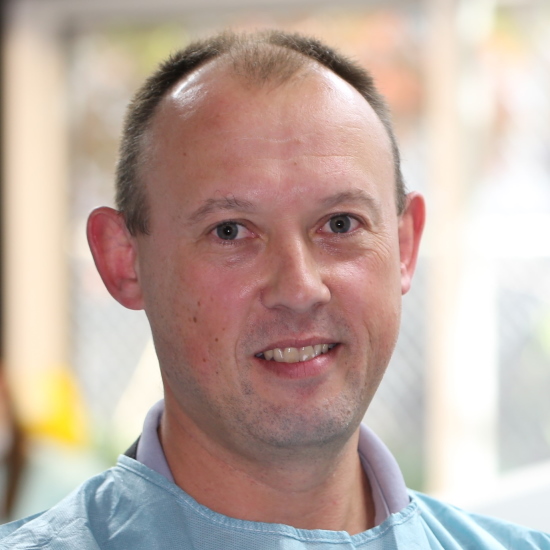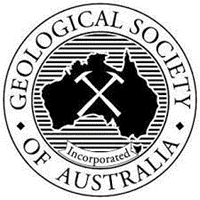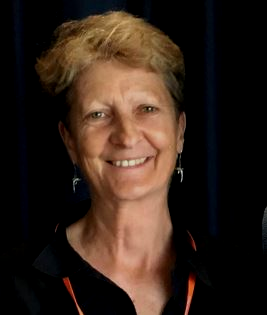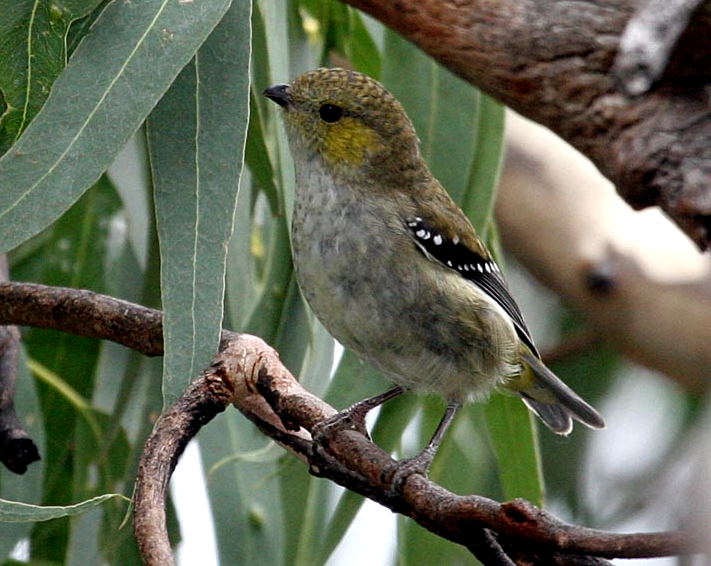The lecture “Little bird of lutruwita: Saving Tasmania’s forty-spotted pardalote” delivered on 19 June 2022 is now available on the RST YouTube channel.
Once found on King Island and the eastern half of Tasmania, the forty-spotted pardalote is one of only ten Australian bird species now extinct from over 90% of its former range. Listed as Endangered on the IUCN Red List and Federal and State legislation, this tiny woodland specialist is intrinsically linked to one eucalypt type, making it highly vulnerable and often out-competed as more aggressive species continue to spread.
Described as one of the world’s most unique birds by being able to stimulate its own food resource, survival of the forty-spotted pardalote in a rapidly changing climate has never been more precarious.
After graduating from UTAS in 1989, Dr Sally Bryant worked for 18 years as a wildlife scientist for the Tasmanian Government, seven as Manager of the Threatened Species Section. In 2009 she joined the Tasmanian Land Conservancy to develop their science and monitoring program and build their network of private reserves which now span over 30,000 ha.
Sally has travelled widely researching island species especially threatened birds and has authored and co-authored several books, chapters and numerous scientific papers and technical reports on wildlife conservation. In 2020 she became an Honorary Research Fellow with the TLC, Editor of the Journal Papers and Proceedings of the Royal Society of Tasmania and is perhaps best known through her popular ABC Radio wildlife talkback program delivered fortnightly since 1999. She is a passionate advocate for Tasmania’s wildlife and Chair of the Forty-spotted Pardalote National Recovery Team.
